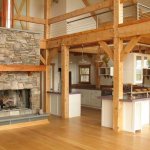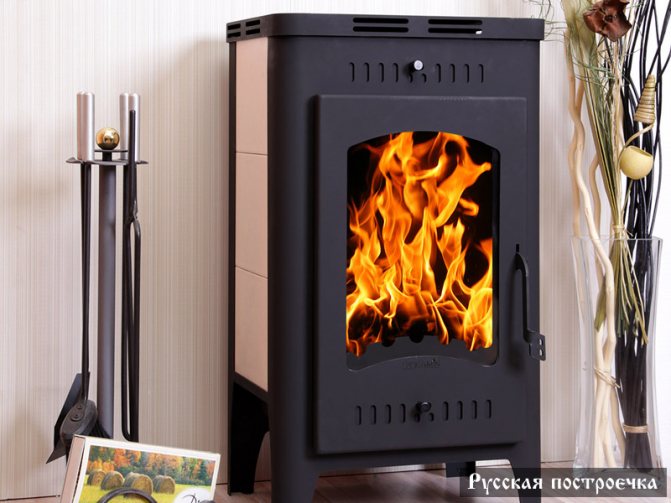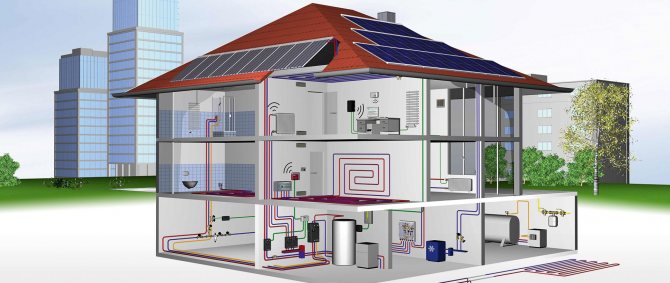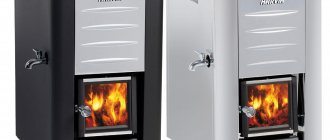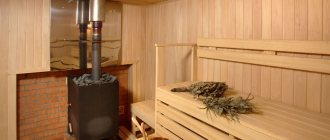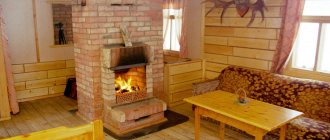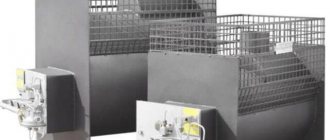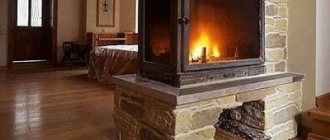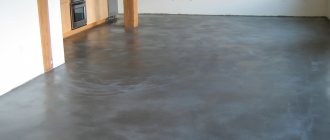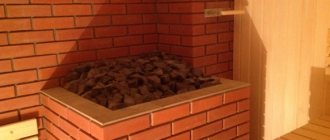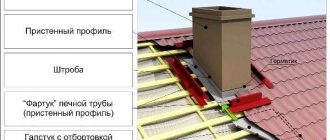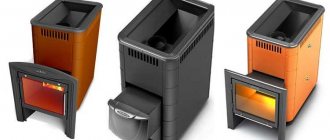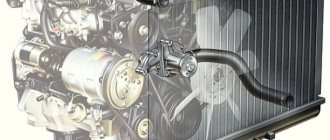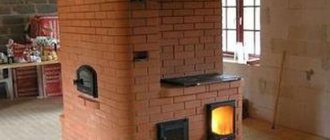How to choose the right heating radiator for a house or apartment
If you have already decided which boiler to choose and if you are firmly decided that you will install batteries, and not a warm floor, this page is for you. What is the general purpose of a space heating system? First of all, we want comfort, of course. At what comfort is not only temperature, but also aesthetic comfort. Therefore, the old cast-iron batteries, which spoiled the whole comfort of a house or apartment with their appearance, today gave way to beautiful elegant radiators:
- Steel panel radiators
- Aluminum sectional radiators
- Bimetallic radiators
Heating radiators for a house or apartment
What is the difference? Why is there a difference where to install radiators? The fact is that the pressure that your radiator is able to withstand should be no less than the pressure in the entire system. Of course, rarely where is the pressure above the critical limit, but it is still better to know the operating pressure of the system in order to know what safety factor you need. Below is a list of radiators, which, depending on the difference in materials and type of work, can "hold" different pressures. However, the main disadvantage of all batteries is that, if installed incorrectly, the batteries do not heat up. Therefore, do not skimp on a competent professional in installing heating radiators, while it is advisable to make the heating system through a heating manifold.
Here is a helpful video on how to choose a heating radiator:
The difference is that often the pressure in apartments is much higher than in a private house, since it is necessary to deliver the coolant to a great height in high apartment buildings. Here it is important to know which radiators are the weakest in terms of pressure endurance and which are the strongest:
- Steel radiators - up to 9-10 atmospheres
- Aluminum radiators (heating batteries) - up to 16 atmospheres, however, there are weaker ones, so carefully study the characteristics of the radiators when buying
- Bimetallic radiators - 20-35 atmospheres
Types of furnaces for a frame house
Building a house using frame technology does not limit the choice of the type of heating. However, appropriateness and safety should always be taken into account. If you want to lay out the stove in a frame cottage, you should think about the need for an additional massive foundation, possibly surpassing the foundation of the house itself in terms of investments.
Thus, having considered all the available types of furnace equipment, you can choose among them the most appropriate for use in a frame house.
Fireplace
The oldest heating device in the history of mankind. It has a shallow wide combustion chamber and a straight chimney. Unlike the developed stove, it does not play a role in heating the room, the flue gases escape into the chimney, taking with them most of the heat.
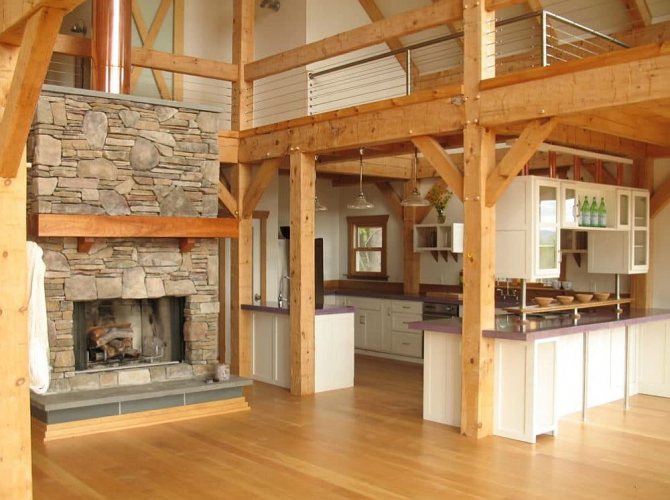
Heating of the building is achieved by the thermal radiation of the flame. Due to this, the air in the room heats up quickly enough, but soon after the fuel burns out, heat also quickly leaves the fireplace. In this way, the efficiency of the fireplace is low. But one cannot ignore the high aesthetic properties of the classic hearth, because a burning fireplace in the house creates a special atmosphere of coziness and comfort.
Heating stove type "Dutch"
Heats the air in the room by transferring heat from the walls. In the "Dutch", the walls are first heated and heat accumulates in their thickness. Then, already due to the release of heat from the walls and an extended chimney, the room heats up.
Heat sources are predominantly heated flue gases and partly the flame in the furnace. The stove chimney is made in the form of a complex system of channels through which flue gases flow. This design serves to maximize heat retention.
Heating and cooking, or "Russian", "Swedish"
The design of such ovens involves the use of heating surfaces for cooking. A wide selection of this kind of equipment is available to the owners of frame houses. There are stoves for heating rooms of various sizes and with the possibility of using different types of fuel: coal, firewood, peat waste, wood, fuel briquettes.
Useful: Windows in a frame house: installation features
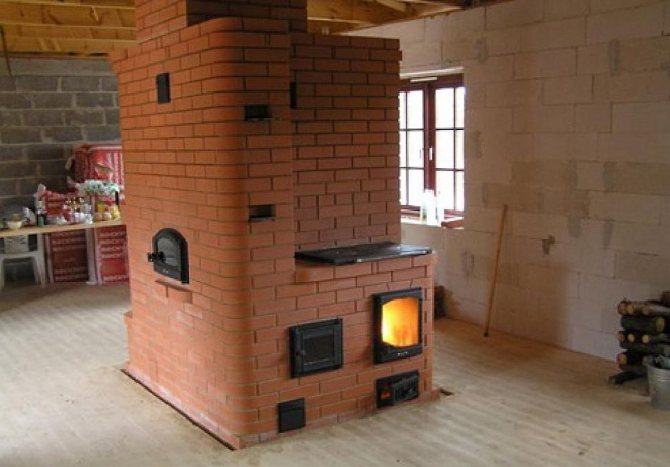

Heating and cooking stoves are distinguished by relatively fire safety (no open fire), the presence of heat-accumulating elements and high efficiency. There are compact furnaces made of cast iron and steel... The stove-makers are laying the classic "Swedes" out of bricks.
Fireplace stove, or fireplace type stove
The name of this type of heating equipment speaks for itself - in fact, it is a hybrid of a stove and a fireplace, combining the aesthetics of the fireplace and the efficiency of the stove. The fireplace stove has been known since the 19th century, when it consisted of two separate units with a common chimney.
By its principle of operation, a fireplace-type stove resembles a potbelly stove, but has double walls, which allow accumulating and retaining heat. The firebox is hidden behind a wide glass door. The chimney of such a stove is straight, like a fireplace.
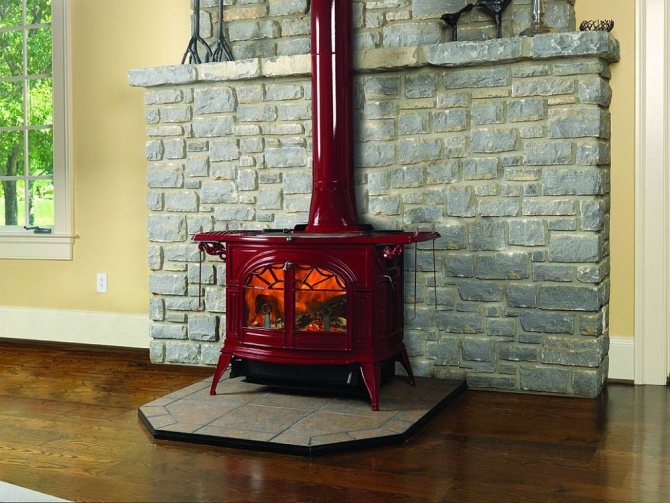

The most appropriate installation of a fireplace stove in a frame cottage or garden house. When the shutter and doors are closed, the stove retains and accumulates heat well, and when the doors are open, it will function as a fireplace and fill the house with a cozy atmosphere.
How to choose radiators for a house or apartment?
The first thing you need to know about your home before choosing a heating radiator is:
- What materials is your house / apartment made of? What kind of insulation?
- How many windows are there in each of the rooms in which you want to install solar panels?
- Window type: wooden or metal-plastic?
- Room height
- Also consider the possibility of installing thermostats for boilers, or rather, installation on the radiators themselves.
The answers to these questions will help you decide on the type of radiator and the required power. for comfortable heating of the room. In addition, having answered these questions for yourself, it will be easier for you to communicate with a sales consultant in the store where you are going to purchase heating radiators.
Depending on the type of radiator and material, each section in the battery can have a different calorific value. For example, a cast iron battery gives out 80 kW, while a bimetallic one gives out about 200 kW. And it is also important to think over the ways of piping, what kind of heating system you want: double-circuit or single-circuit.
Let's analyze the features of each of the three types of heating radiators:
Aluminum sectional radiators
Thanks to their inner ribs, which are hidden under the outer visible ones, manufacturers increase the surface area of the heat-dissipating surface. This way you can achieve greater efficiency and heat transfer from the heating radiator. Aluminum radiators are able to quickly change the temperature, since the coolant itself (water) is in the battery in a small amount. At the same time, a small amount of water saves heat energy by 20-30 percent. Also, aluminum is a material with high heat transfer. The price is also attractive. But, of course, there are also disadvantages:
- The tendency to chemical reactions inside the radiator, which leads to corrosion.
- Sometimes in such radiators air is collected, which can lead to a complete stop of heating in the room where the radiator is installed. Although this moment is easily eliminated by additionally installing a drain valve on the radiator (some manufacturers have it by default).
Acquaintance with the advantages and stages of work
The manufactured furnace or frame structure has a number of its exceptional features and advantages, which you can familiarize yourself with in more detail below:
- The heating unit has a fairly small and compact overall dimensions, which makes it possible to carry out construction and installation even in a small room, with an area of 20 square meters;
- Frame furnaces are distinguished by a high degree of heat transfer, which is a good indicator for brick buildings, in addition, they allow you to economically use firewood and any other fuel used for kindling;
- Frame-type furnaces have a small mass, which allows them to be installed both at the stage of building a new house, and to place such a unit in a finished house with decoration. For such ovens made of bricks in a steel frame, reinforcement of floors and the construction of an additional foundation are not required;
- The total price for such a stove is relatively low if we compare such installations, for example, with simple brick massive fireplaces. If you order the assembly and installation of a frame furnace from an experienced specialist, the whole process from start to finish will take no more than 6-10 hours;
- Fuel for kindling a frame stove can be not only traditional, that is, firewood, but also, if necessary, replaced with sawdust, pellets, coal.
The installation of a frame oven may differ in a certain way, it all depends on what type and type of equipment you choose and prefer for your home:
- Small-sized;
- Thin-walled;
- Thick-walled.
A stove, the heating of which is classic and traditional, should be built by a number of rules and, according to a certain existing sequence, first of all you will need to assemble the main frame of steel, for these purposes you will need a welding machine.
The brickwork of the stove should be located at a distance from the frame itself, which will be about 150-200 centimeters, the frame of the heating structure should also be located near the chimney.
In the event that the chimney is assembled not from brick, but from metal, it will be necessary first of all to assemble the chimney hood and only after that the steel frame of the furnace.
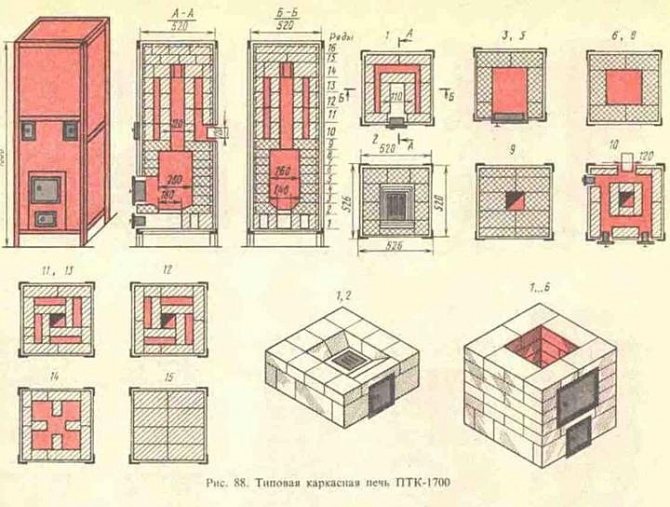

If you do not have the proper experience and skills in assembling frame furnaces with your own hands, you must first familiarize yourself with the basic rules and requirements for this process or consult an experienced specialist.
Bimetallic sectional radiators
Bi is two. Bimetallic radiators - because two metals are used as a material. The main plus is that steel is in contact with the coolant, so they are reliable in terms of resisting corrosion, plus steel is much better at resisting pressure drops, which provides additional reliability. In addition, in bimetallic radiators, the volume of the coolant is even smaller, so they react even faster to changes in the operating mode of the heating system.
Benefits:
- Operating pressure: 20-40 atmospheres.
- Service life up to 20 years.
- High heat dissipation.
- Nice design
- High corrosion resistance
Disadvantages:
- The cost of such heating radiators is 20% higher than the price of aluminum radiators
Steel panel radiators
Steel radiators consist of two parallel steel plates that are welded together. Depressions on the plates form channels for water (heat carrier). They also have good thermal inertia, which makes them the lowest cost per kW.
The main disadvantage is the difficulty of connecting to centralized heating systems, because in such systems you cannot control the amount of air on your own, and a simple steel radiator system is prone to such a problem with air.Separately, it should be said about the heat accumulator, which will help to more efficiently use the operation of the heating boiler and maintain the temperature of the coolant when supplied to the heating radiators. However, radiators can be "powered" not only from the central boiler, but also from the heat pump for heating the house.
There are also many wall-mounted electric radiators, which in terms of power can replace conventional batteries with a coolant in the form of water. We hope that the article on our website has answered your questions regarding how to choose heating radiators. If you have other questions, you can look for answers on the pages of our site!
disadvantages
Moreover, these disadvantages are relative. After all, for many owners of frame houses, kindling stoves is a hobby and brings pleasure. Also, stoves are great for buildings with periodic residence, where these disadvantages are a particular advantage. This number includes dachas.
However, a significant and undeniable disadvantage is the size of the ovens and the area they occupy. Even if this is not a real Russian stove, but a purchased stove, they will require some space for the fence, including when children live in the house.

